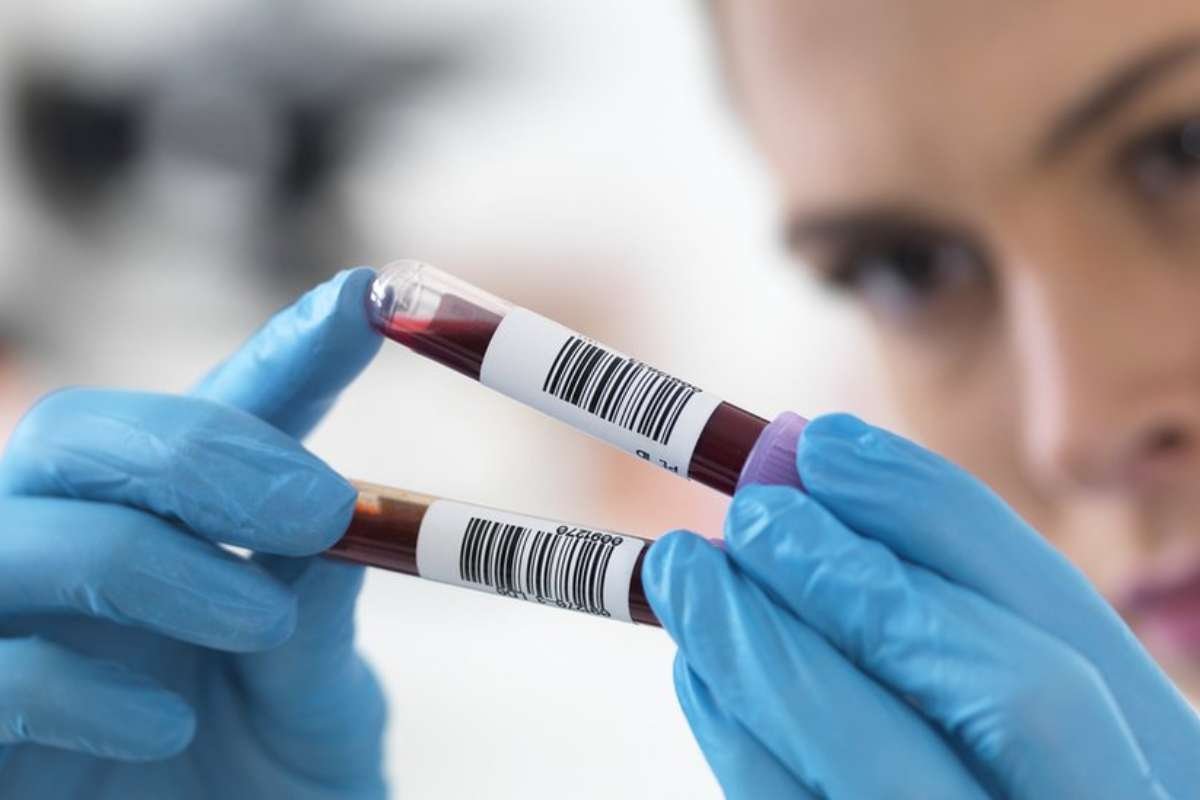Symptoms of atherosclerosis are important markers of cardiovascular disease, which is the primary cause of illness and death globally. Plaque accumulation within artery walls is the hallmark of this progressive disorder that can present in a variety of ways that affect heart health and general well-being. Early detection, intervention, and prevention of unfavorable cardiovascular events depend on the ability to recognize the signs and symptoms of atherosclerosis. We examine the wide range of atherosclerosis symptoms in this thorough guide, including their importance, related risk factors, and potential treatments.
The Onset of Atherosclerosis Symptoms
The onset of atherosclerosis symptoms may vary depending on the severity and location of arterial plaque buildup. In many cases, atherosclerosis remains asymptomatic during its early stages, gradually progressing over time as arterial narrowing restricts blood flow to vital organs and tissues. However, as the condition advances, individuals may begin to experience symptoms indicative of compromised cardiovascular function.
Common Atherosclerosis Symptoms:

1. Chest Pain (Angina)
One of the hallmark symptoms of atherosclerosis is chest pain or discomfort, known as angina. Angina typically presents as a sensation of pressure, tightness, or heaviness in the chest, often occurring during physical exertion or emotional stress. This discomfort may radiate to the arms, shoulders, neck, jaw, or back, and may be accompanied by shortness of breath, sweating, or nausea.
2. Shortness of Breath
Atherosclerosis affecting the coronary arteries can lead to reduced blood flow to the heart muscle, resulting in inadequate oxygen supply and impaired cardiac function. As a result, individuals may experience shortness of breath, especially during exertion or when lying flat (orthopnea). This symptom may worsen over time as the condition progresses.
3. Fatigue and Weakness
Chronic insufficient blood supply to vital organs and tissues due to atherosclerosis can lead to generalized fatigue, weakness, and malaise. Individuals may experience decreased energy levels, reduced exercise tolerance, and difficulty performing routine activities of daily living. Persistent fatigue despite adequate rest may signal underlying cardiovascular dysfunction and warrants medical evaluation.
4. Peripheral Artery Disease (PAD)

Atherosclerosis affecting peripheral arteries outside the heart can manifest as peripheral artery disease (PAD), characterized by symptoms such as leg pain, cramping, numbness, or weakness, particularly during walking or physical activity. This condition, also known as claudication, results from reduced blood flow to the lower extremities due to arterial narrowing and plaque buildup.
5. Erectile Dysfunction
In men, atherosclerosis can impair blood flow to the penile arteries, leading to erectile dysfunction (ED) or difficulty achieving and maintaining an erection. This symptom often occurs in conjunction with other cardiovascular risk factors such as hypertension, diabetes, and obesity, highlighting the systemic nature of atherosclerotic disease.
6. Stroke or Transient Ischemic Attack (TIA)
Atherosclerosis affecting the carotid arteries supplying blood to the brain increases the risk of stroke or transient ischemic attack (TIA), also known as a mini-stroke. Symptoms may include sudden weakness or paralysis on one side of the body, slurred speech, vision changes, dizziness, or loss of coordination. Prompt medical attention is crucial in these cases to prevent long-term neurological damage.
7. Coronary Artery Disease (CAD)
Atherosclerosis of the coronary arteries can lead to coronary artery disease (CAD), a major cause of heart attacks and myocardial infarction. Symptoms may include chest pain (angina), shortness of breath, palpitations, fatigue, or discomfort in the chest, arms, back, neck, or jaw. If left untreated, CAD can result in life-threatening cardiac events requiring urgent medical intervention.
Risk Factors for Atherosclerosis Symptoms:
Several risk factors contribute to the development and progression of atherosclerosis and associated symptoms. These include:
- High blood pressure (hypertension)
- Elevated cholesterol levels (hyperlipidemia)
- Diabetes mellitus
- Smoking or tobacco use
- Obesity or overweight
- Sedentary lifestyle
- Unhealthy diet rich in saturated fats, cholesterol, and processed foods
- Family history of cardiovascular disease
- Age, gender, and genetics
Diagnosis and Treatment Options

Early detection and management of atherosclerosis symptoms are critical for preventing complications and improving long-term outcomes. Diagnosis typically involves a combination of medical history review, physical examination, laboratory tests (lipid profile, blood glucose), imaging studies (echocardiography, stress testing, angiography), and diagnostic procedures (coronary angiography, carotid ultrasound).
Treatment options for atherosclerosis symptoms focus on addressing underlying risk factors, optimizing cardiovascular health, and reducing the risk of adverse events. These may include lifestyle modifications (dietary changes, regular exercise, smoking cessation), medications (statins, antiplatelet agents, antihypertensives), and interventional procedures (angioplasty, stenting, bypass surgery) in severe cases.
Conclusion
To sum up, symptoms of atherosclerosis are important indicators of underlying cardiovascular disease that need to be promptly evaluated, treated, and managed. Maintaining heart health and general well-being requires an understanding of the various signs and symptoms of atherosclerosis, which range from erectile dysfunction and peripheral artery disease to chest pain and shortness of breath. People can lessen the effects of atherosclerotic disease and lower their chance of unfavorable cardiovascular events by addressing modifiable risk factors, leading a heart-healthy lifestyle, and following prescribed treatment plans. To control heart health and live longer, healthier lives, early intervention is essential in the fight against atherosclerosis.
FAQs:
1. What is atherosclerosis?
Atherosclerosis is a chronic condition characterized by the buildup of plaque within arterial walls, leading to narrowing and hardening of the arteries. This process restricts blood flow to vital organs and tissues, increasing the risk of cardiovascular events such as heart attacks, strokes, and peripheral artery disease.
2. What are the common atherosclerosis symptoms?
Common symptoms of atherosclerosis include chest pain (angina), shortness of breath, fatigue, weakness, peripheral artery disease (leg pain), erectile dysfunction (in men), and symptoms of stroke or transient ischemic attack (TIA) such as weakness, slurred speech, and vision changes.
3. What are the risk factors for developing atherosclerosis?
Risk factors for atherosclerosis include high blood pressure (hypertension), elevated cholesterol levels (hyperlipidemia), diabetes mellitus, smoking, obesity, sedentary lifestyle, unhealthy diet, family history of cardiovascular disease, and factors such as age, gender, and genetics.
4. How is atherosclerosis diagnosed?
Atherosclerosis is diagnosed through a combination of medical history review, physical examination, laboratory tests (lipid profile, blood glucose), imaging studies (echocardiography, stress testing, angiography), and diagnostic procedures (coronary angiography, carotid ultrasound) to assess the extent and severity of arterial plaque buildup.
5. What are the treatment options for atherosclerosis?
Treatment options for atherosclerosis include lifestyle modifications (dietary changes, regular exercise, smoking cessation), medications (statins, antiplatelet agents, antihypertensives) to control risk factors, and interventional procedures (angioplasty, stenting, bypass surgery) in severe cases to restore blood flow and reduce the risk of adverse cardiovascular events.








